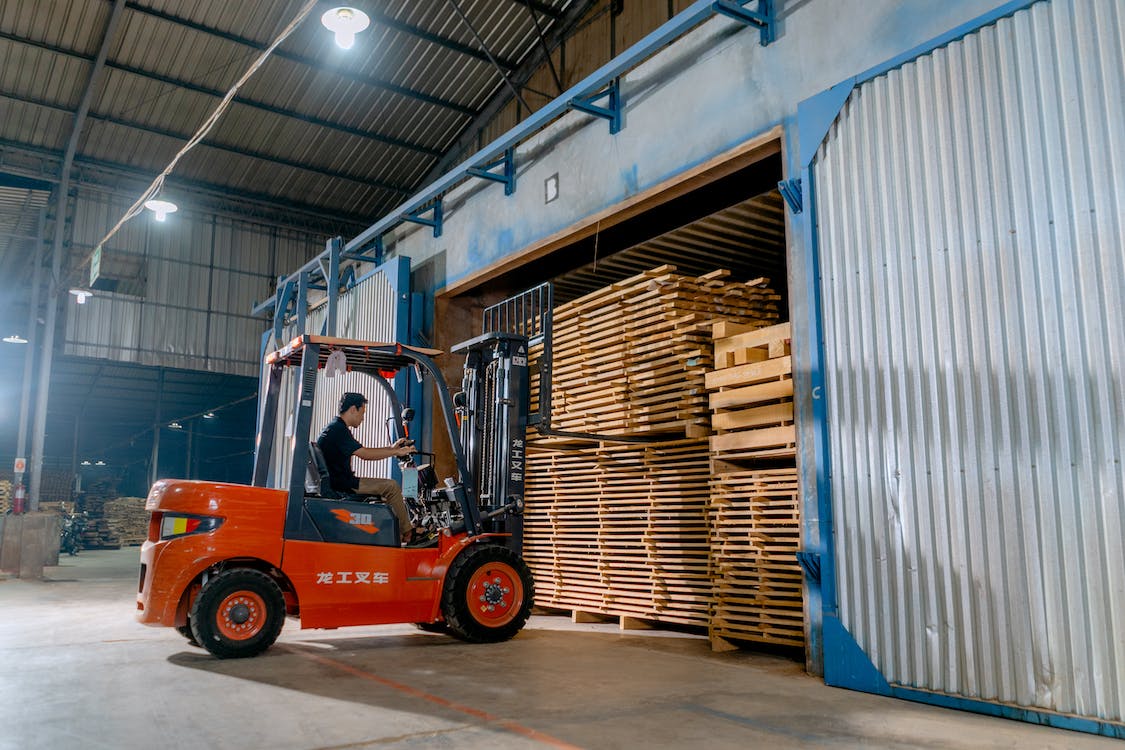
Common Warehouse Safety Hazards
Warehouses have grown increasingly popular as more consumers embrace online shopping. Warehouses play an essential role in organizing, storing, and distributing goods and materials; however, working in one can be hazardous if adequate safety precautions aren’t in place; in this blog post, we’ll cover the most prevalent warehouse safety hazards to help keep everyone safe.
Slips, Trips, And Falls
Slips, trips, and falls are among the leading causes of warehouse accidents, with slips often due to uneven surfaces, liquid spillage, inadequate lighting, and cluttered areas. To reduce risks from slip trips and falls, make sure your floors are kept clean, dry, and well-lit at all times, clear any clutter from walkways as needed, and provide appropriate safety signage which warns workers about potential hazards.
Forklift Accidents
Forklifts are essential pieces of equipment in warehouses. However, their improper operation can be extremely hazardous – forklift accidents can potentially result in serious injuries and even deaths. To minimize accidents involving forklifts and protect operators’ safety protocols and rules for operation is key, install quality LED Beacon Lights on all vehicles operating around the warehouse to increase visibility within warehouse environments.
Electrical Hazards
Warehouses often face electrical hazards due to the large electrical equipment used for storing and distributing goods. Electrical hazards include overloaded circuits, exposed wires, and improperly grounded equipment. To minimize these dangers, ensure all electrical equipment is regularly serviced and inspected, and hire qualified electricians to install or repair electrical devices within your warehouse.
Heavy Lifting
Warehouses contain many heavy items that must be moved regularly. This can result in back strain injuries and other muscle-related problems for employees. To prevent these injuries, ensure they have been trained on safe lifting techniques and have access to appropriate equipment like lift tables, dollies, and carts for moving heavy items around. Inspire workers to use good posture and body mechanics when lifting these objects.
Fire Hazards
Warehouses present real fire hazards. To minimize this risk, ensure the warehouse has an appropriate fire extinguisher system equipped with proper training on using and operating it and what should happen if an outbreak occurs. Furthermore, ensure all flammable materials are stored away from heat sources while creating an effective smoking policy within its walls.
Mishandling Chemicals
One of the primary warehouse safety hazards is mishandled chemicals. Warehouse employees should be properly trained to safely handle and store materials such as fuel, solvents, pesticides, and paints effectively, including proper storage techniques, disposal methods, and reporting requirements for these hazardous substances. A designated area should also be established for these hazardous items to ensure no accidental reactions take place between different items in the warehouse that could create an unsafe situation if stored next to each other; workers should wear protective gear when handling anything potentially harmful as this will reduce their exposure risk considerably.
Working in a warehouse can be hazardous if appropriate safety measures aren’t implemented. Therefore, it is critical to identify potential hazards and take the necessary steps to address them; common warehouse safety hazards include slips, trips, and falls; forklift accidents; electrical hazards; heavy lifting and fire risks. By taking measures such as regularly inspecting and servicing equipment, providing worker training programs, and using safety signage, we can mitigate risks to make warehouses safer environments for workers.






